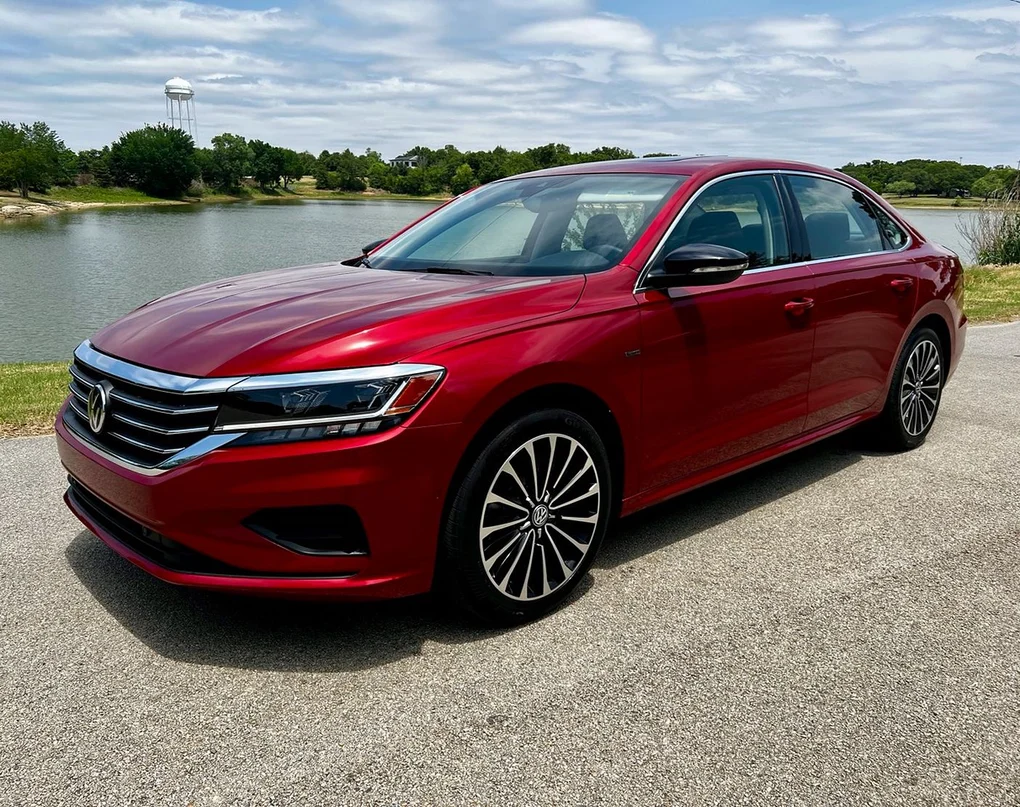In the automotive world, there’s a silent badge of honor that isn’t discussed nearly as often as horsepower, fuel economy, or infotainment features — longevity. Specifically, the ability of a vehicle to go the distance, mile after mile, without becoming a burden of constant repairs or skyrocketing maintenance bills.
For many drivers, a sedan that can exceed 300,000 miles isn’t just a reliable form of transportation; it’s a symbol of value, trust, and mechanical excellence.
With the average new car price soaring past $40,000 in recent years, choosing a vehicle that can last for decades has never been more important, especially for families, long-distance commuters, and budget-conscious buyers.
Sedans have long been the backbone of personal transportation. Unlike trucks, which may be overkill for the average driver, or SUVs, which often sacrifice fuel efficiency for space, sedans strike a balance between practicality, efficiency, and comfort.
They are the go-to option for millions of drivers who need a dependable vehicle for everyday use — whether it’s commuting, school runs, or weekend getaways.
Yet not all sedans are created equal. Some are engineered with precision and care, tested through decades of refinement, and built with longevity in mind. Others, however, are built to meet short-term goals — designed more for showroom appeal than enduring reliability.
Understanding which sedans can realistically hit 300,000 miles with minimal trouble — and which ones are likely to fall apart well before that mark — can save drivers thousands of dollars in repair bills, not to mention the hassle and stress of an unreliable car. Reaching the 300K milestone isn’t just about driving conservatively or sticking to a maintenance schedule (though that certainly helps).
It’s about choosing a vehicle built with robust components, thoughtful engineering, and a track record of outlasting the competition. That’s what separates a dependable long-distance companion from an overpriced headache.
In this article, we’re going to explore both ends of the spectrum. First, we’ll highlight five sedans that have proven themselves to be road warriors — vehicles that owners proudly drive well into the high six-figure mileage range with little more than routine care.
These cars represent the best of what the industry has to offer when it comes to durability and cost efficiency. Then, we’ll shift gears and spotlight five sedans that consistently fail to deliver when it comes to long-term performance.
These are the cars that might look good on the used market or offer flashy features upfront, but often leave owners with empty wallets and ongoing frustrations before the odometer even hits 150,000.
This list is based on patterns observed over years of ownership, automotive industry insights, and widespread anecdotal evidence from real drivers, not just isolated reviews or spec sheets.
It’s intended to give you a practical, no-nonsense understanding of which sedans will likely stand the test of time, and which are best avoided if your goal is long-term, trouble-free ownership.
Whether you’re in the market for a dependable daily driver or just curious about how your current car stacks up in terms of longevity, this guide offers the kind of clarity every buyer needs before making one of the most important purchases they’ll ever make.
Also read: 10 Vehicles That Routinely Surpass 300,000 Miles With Ease and Unmatched Reliability
5 Sedans That Deliver 300K Miles of Trouble-Free Driving

1. Toyota Camry
Few vehicles have earned the reputation for dependability that the Toyota Camry enjoys. The Camry is often seen as the benchmark for long-term reliability, largely due to Toyota’s unwavering commitment to engineering simplicity and precision. For decades, Camrys have proven to be incredibly resistant to powertrain and electrical issues.
Their engines, particularly the 2.5L four-cylinder and the legendary 3.5L V6, are known for running smoothly well into the high six figures of mileage. The transmissions are similarly robust, offering smooth shifts even after years of use, provided they receive basic fluid maintenance.
The Camry also benefits from a no-nonsense approach to technology. While newer models have adopted more advanced infotainment and driver assistance systems, Toyota has historically avoided risky or overcomplicated electronic systems that tend to become costly failure points in other vehicles.
This conservative engineering philosophy has helped minimize long-term problems related to sensors, wiring, and integrated modules. As a result, Camrys of all generations maintain a reputation for being virtually bulletproof if cared for.
Owners who maintain their Camrys with regular oil changes, brake service, and basic attention to the cooling system often report that the biggest challenge is simply getting bored with driving the same car for 15 years. That’s a good problem to have.
These sedans hold their value well, too, especially when service records show a clean bill of health. Whether it’s a 2003 model still going strong or a newer hybrid version, the Camry earns its place as a true champion of automotive endurance.
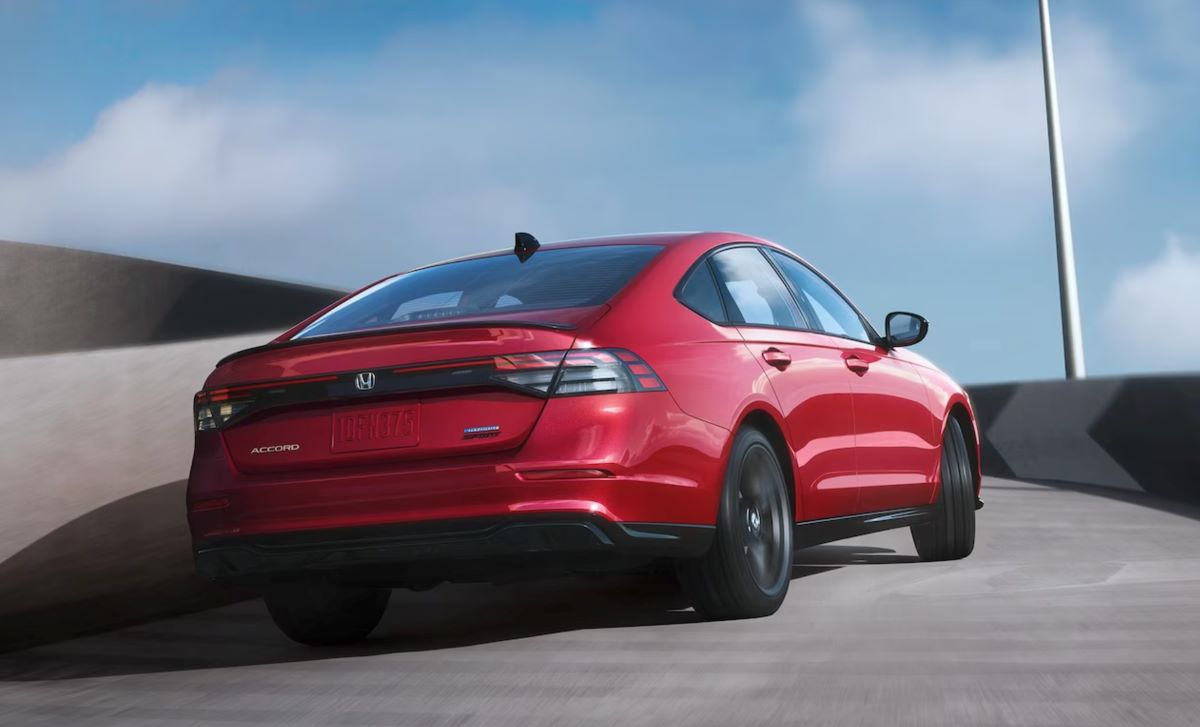
2. Honda Accord
The Honda Accord is another Japanese-built sedan that routinely hits 300,000 miles with relatively few headaches. Known for its responsive handling, efficient engines, and roomy interior, the Accord manages to combine durability with driver engagement.
Much like the Camry, it benefits from a lineage of high-quality, time-tested engineering. Engines such as the 2.4L i-VTEC and the 3.0L V6 have consistently proven their staying power with minimal major repairs. Transmission reliability has improved over the years, and when maintained properly, modern CVTs and automatics in Accords can also last well beyond 250,000 miles.
Another advantage the Accord offers is its affordability and ease of maintenance. Replacement parts are widely available, and thanks to a massive aftermarket community, even older models can be serviced affordably.
Hondas are generally designed with accessibility in mind, meaning critical components like alternators, radiators, and timing belts can be replaced without extensive labor costs. This translates into lower repair bills over the lifespan of the vehicle and a greater likelihood of reaching the coveted 300K milestone.
Accord owners are famously loyal, often citing the car’s consistent reliability and low maintenance costs as the reason they’ve owned multiple generations.
They also benefit from strong resale values, even with higher mileage. Routine maintenance, especially attention to oil changes, timing chain health, and brake system upkeep, is usually all it takes to keep these sedans running like clockwork. The Accord combines long-haul dependability with day-to-day practicality — a balance few vehicles achieve so successfully.
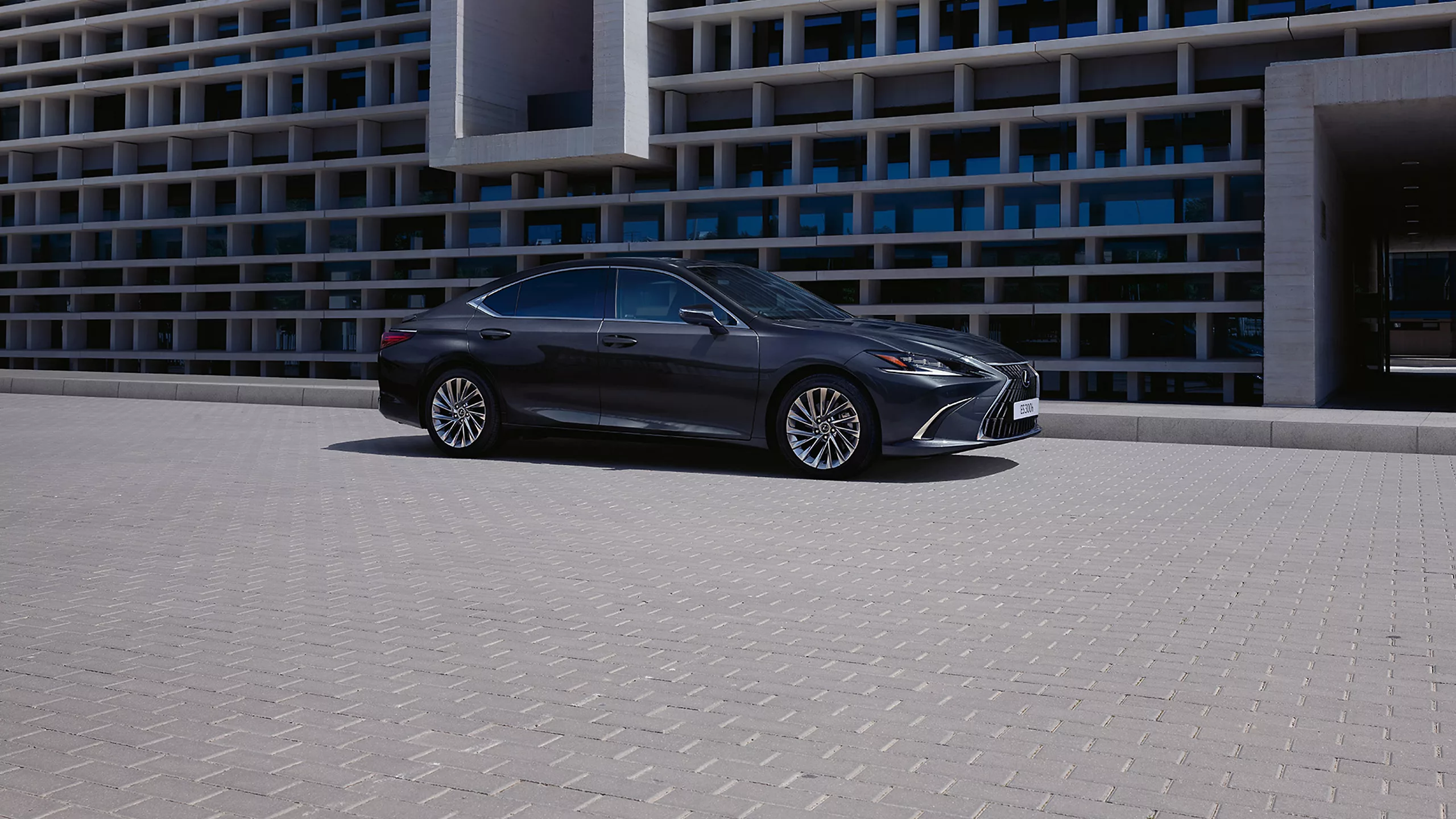
3. Lexus ES
When it comes to combining luxury and longevity, the Lexus ES is tough to beat. Based heavily on the Toyota Camry platform, the ES benefits from Toyota’s bulletproof engineering but elevates it with premium materials and a quieter, more comfortable ride.
This formula has proven incredibly successful, with many ES models — particularly the ES 300 and ES 350 — routinely crossing the 300,000-mile mark. Owners of older ES sedans often report minimal issues outside of routine maintenance, and even aging models tend to retain their ride quality and interior integrity.
One of the standout features of the ES is its smooth and long-lasting powertrain. The 3.5L V6 engine found in later generations is particularly reliable and offers an excellent balance of power and efficiency.
Paired with a silky automatic transmission and strong drivetrain components, this combo rarely suffers from catastrophic failures. Additionally, the car’s suspension system, while designed for comfort, holds up surprisingly well over long-term use, making the ES a joy to drive even after years on the road.
The Lexus ES is also supported by a strong dealer network and an abundance of high-quality replacement parts. Its relatively low ownership cost for a luxury vehicle makes it a standout in its class.
While some may be wary of buying older luxury sedans due to concerns about complex electronics, the ES avoids many of those pitfalls by sticking to proven, conservative designs. It’s the rare luxury car that offers both premium features and impressive reliability, making it a top choice for drivers seeking a 300K-mile cruiser.
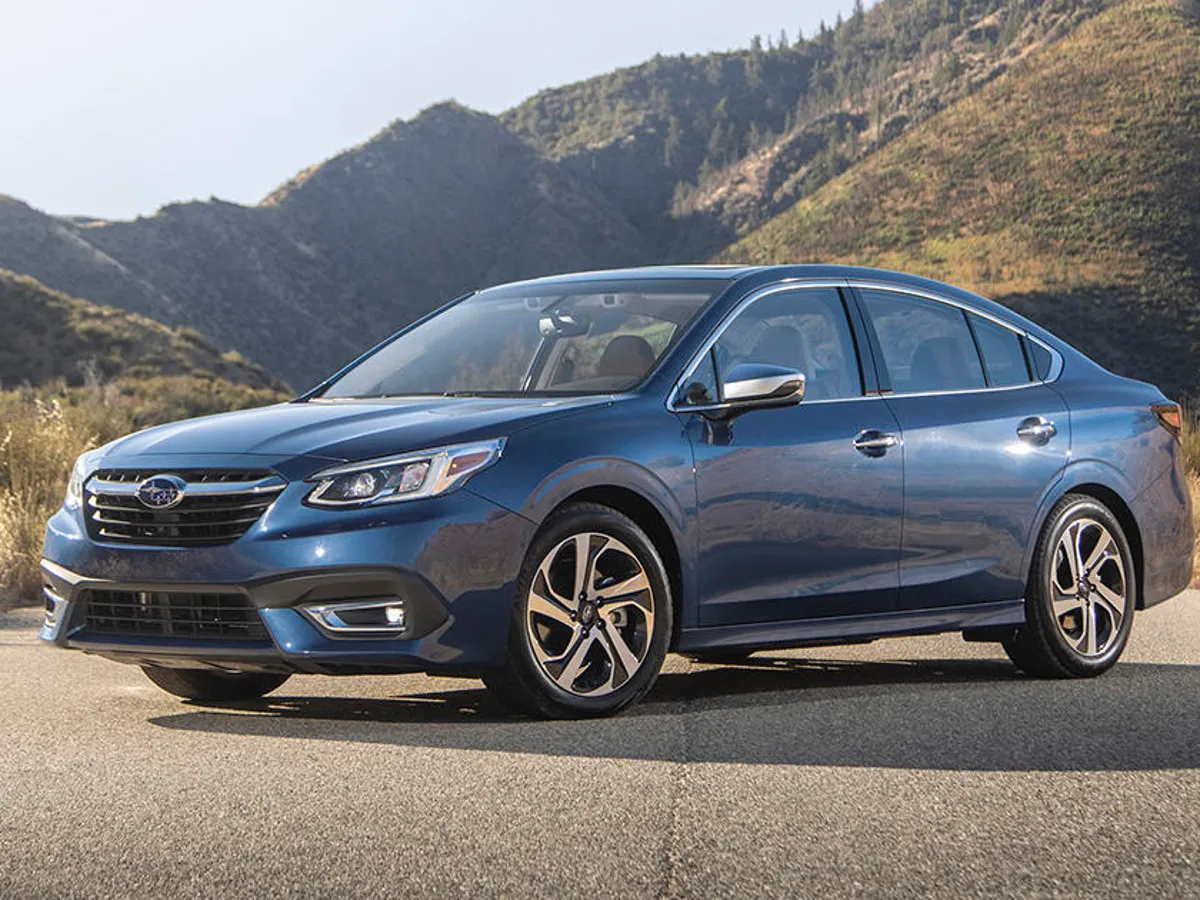
4. Subaru Legacy
The Subaru Legacy is often overshadowed by more mainstream sedans, but those in the know recognize its impressive staying power. Built with Subaru’s signature symmetrical all-wheel-drive system, the Legacy is as durable as it is practical — especially in regions with challenging weather.
Earlier models had their issues with head gaskets, but Subaru addressed these problems over time, and recent models equipped with the FB-series engines have proven to be quite dependable when properly maintained.
The all-wheel-drive system, while complex, is surprisingly robust and rarely causes problems unless it’s neglected. The Legacy’s drivetrain is engineered for longevity, with a horizontally opposed “boxer” engine that delivers a lower center of gravity and smooth power delivery.
While maintenance costs are slightly higher than front-wheel-drive sedans, the trade-off is enhanced safety and year-round traction, both of which contribute to fewer accidents and longer vehicle life.
Legacy owners who stay on top of oil changes, coolant flushes, and timing belt replacements are frequently rewarded with mileages well into the 200K–300K range.
The car’s relatively conservative styling and functional interior age well, and the mechanical simplicity of the drivetrain helps avoid the pitfalls of more technologically aggressive competitors. For those who need a dependable daily driver that can thrive in snow, ice, and rain while racking up miles, the Subaru Legacy is a hidden gem.
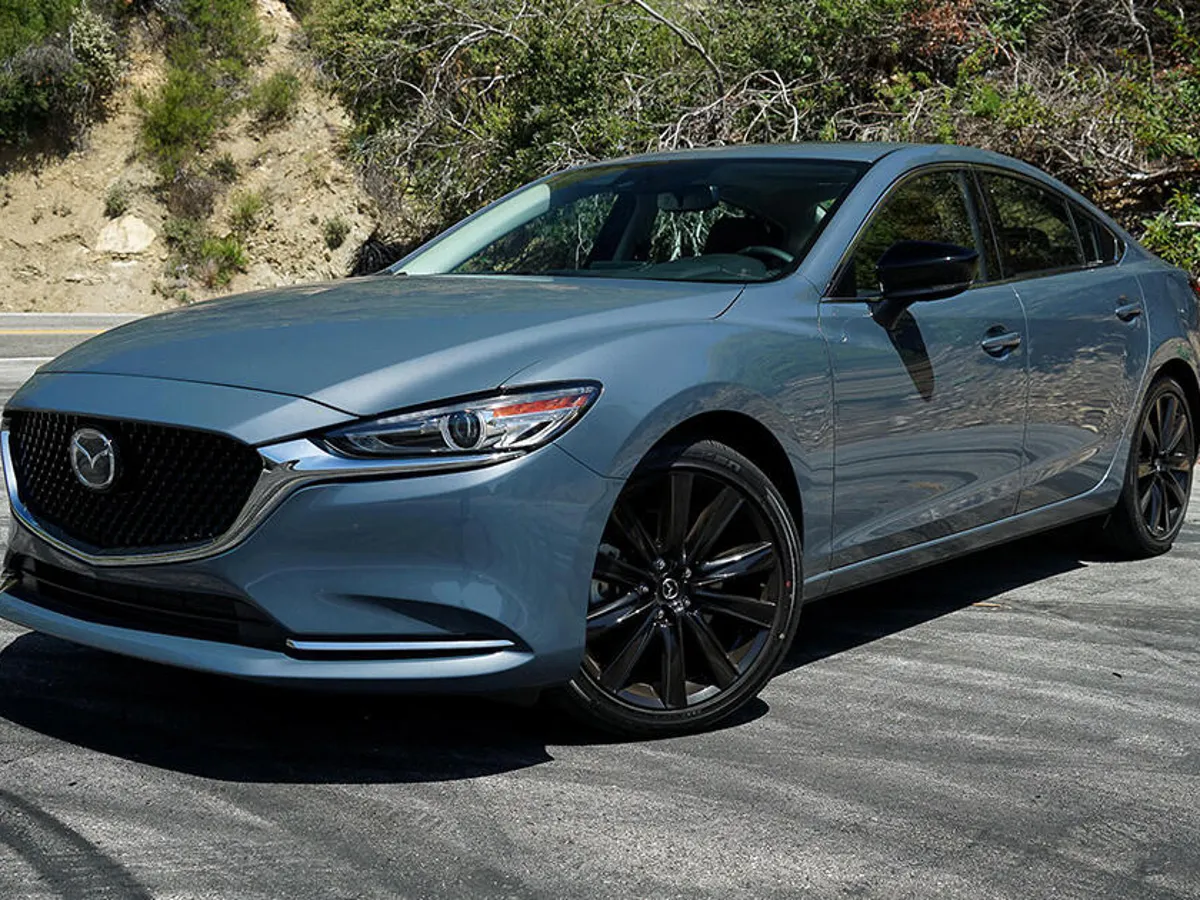
5. Mazda6 (Pre-2014 Models)
The Mazda6, particularly the models from the early 2000s to 2013, has quietly become a favorite among car enthusiasts and practical drivers alike. Known for its sporty handling and sleek design, the Mazda6 also delivers in terms of reliability.
The four-cylinder MZR engine, in particular, is a workhorse capable of lasting hundreds of thousands of miles with few complaints. When paired with a manual transmission, the Mazda6 becomes a rare blend of durability and driving engagement — a sedan that’s both fun and functional.
Unlike some of its peers, the Mazda6 maintains a relatively simple engine layout that doesn’t overcomplicate maintenance. Routine services like oil changes, spark plug replacements, and timing belt inspections are straightforward, which helps keep labor costs down.
Additionally, Mazda avoided overly aggressive tech rollouts in these models, which reduced the number of failure points in the car’s electrical and infotainment systems. As a result, these older Mazda6 sedans age gracefully and avoid many of the gremlins that plague other aging sedans.
While rust can be an issue in certain climates, especially in earlier models, those who maintain the bodywork and stay ahead of corrosion can expect the car to run reliably into the 300,000-mile range. It’s a car that rewards attentive owners with longevity and driving pleasure.
For those seeking a reliable, engaging sedan that won’t cost a fortune to keep on the road, the Mazda6 remains a strong contender, especially if you find a well-maintained used example.
5 Sedans That Don’t Deliver 300K Miles of Trouble-Free Driving
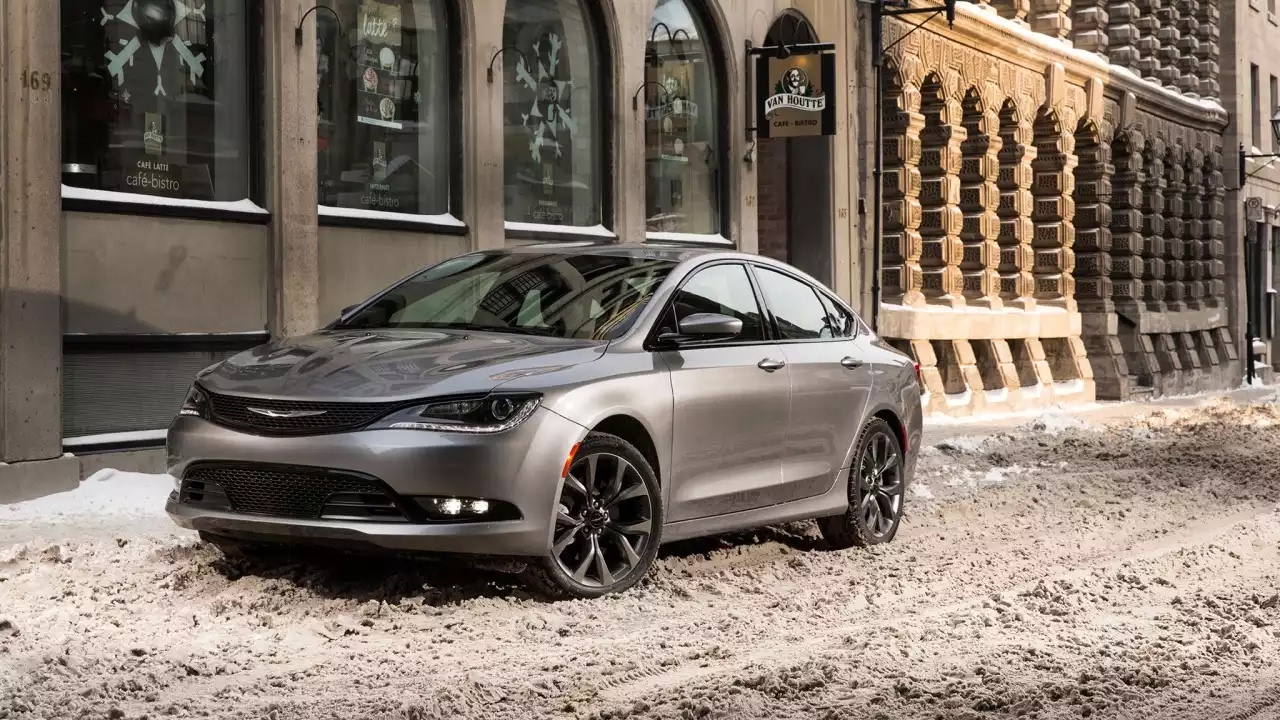
1. Chrysler 200
The Chrysler 200 was launched with high hopes as a mid-size competitor to the Camry and Accord, but it quickly fell out of favor with both consumers and critics due to a range of reliability concerns.
One of the most significant issues with the Chrysler 200, especially the 2011–2014 models, is its problematic 2.4L four-cylinder engine and the underwhelming performance of its available V6.
The car often suffers from transmission problems, particularly the 9-speed automatic transmission found in later models, which has been notorious for jerky shifts, delays, and even complete failure in some cases.
Electrical issues also plague this sedan, with many owners reporting random warning lights, power window malfunctions, and problems with the infotainment system. Additionally, the interior quality was inconsistent, leading to premature wear and tear, rattling dashboards, and malfunctioning climate control systems.
While some vehicles can withstand neglect or spotty maintenance, the Chrysler 200 tends to deteriorate rapidly if not meticulously cared for. This puts it at a significant disadvantage in the long-haul game.
Even when maintained well, many Chrysler 200 owners find themselves dealing with an array of mid-life crises from the vehicle, anything from stalling engines to faulty suspension components.
Due to these reliability concerns and the car’s discontinued status, parts and long-term support are diminishing, making it more difficult (and expensive) to keep these sedans on the road past 150,000 miles, let alone 300,000. For those seeking a worry-free daily driver, the Chrysler 200 is often better left avoided.
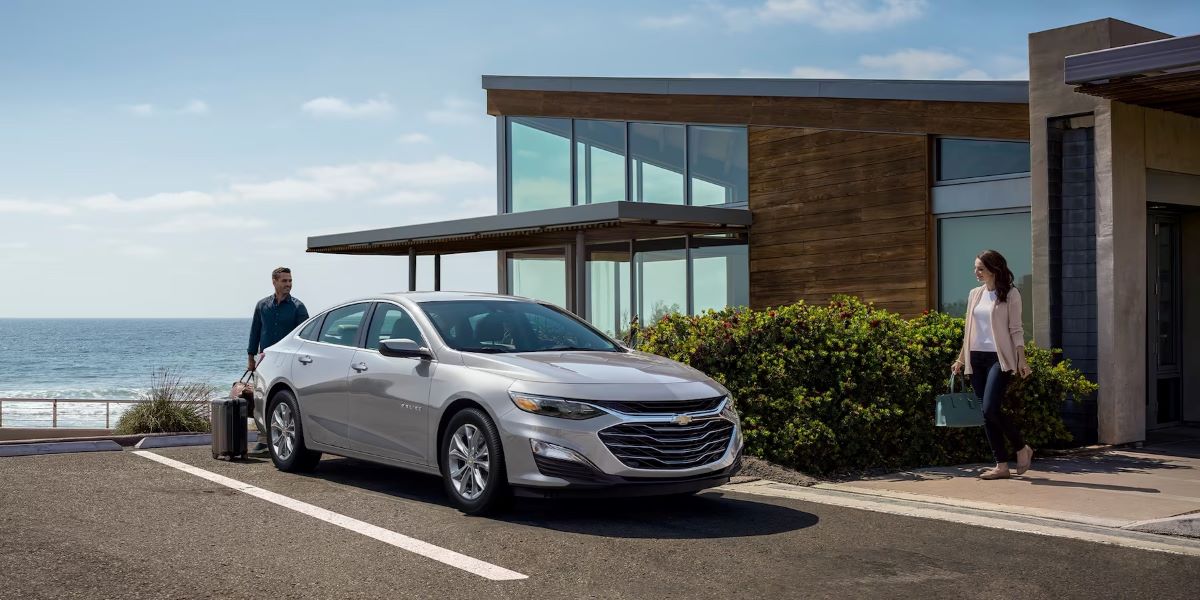
2. Chevrolet Malibu (2008–2015)
The Chevrolet Malibu has seen a mixed reputation over the years, but the late 2000s to mid-2010s generation stands out for its particularly frustrating reliability record. These models often started out strong, offering decent ride comfort and fuel economy, but as the miles pile on, issues begin to surface that undermine the long-term ownership experience.
Engine problems, including timing chain failure and oil consumption in the Ecotec four-cylinder engines, are common complaints that tend to emerge well before the 200,000-mile mark.
Transmission issues are another sore spot for the Malibu, particularly in vehicles equipped with GM’s 6-speed automatic. Symptoms like delayed shifting, slipping gears, or outright transmission failure can occur as early as 100,000 miles if fluid changes are neglected, and in many cases, even when they aren’t.
Owners also frequently report problems with electronic components, including malfunctioning keyless start systems, failing radios, and inconsistent dashboard gauges. These issues not only cause inconvenience but also rack up significant repair bills over time.
One of the most disappointing aspects of this Malibu generation is its build quality. Interior materials often wear out quickly, with armrests cracking, seat fabric fraying, and trim pieces falling off.
Combined with its middling resale value and below-average owner satisfaction ratings, the Malibu is a vehicle that may look like a deal on the used market but could turn into a financial sinkhole long before hitting that 300K milestone. It’s best suited for short-term ownership rather than as a long-term investment.
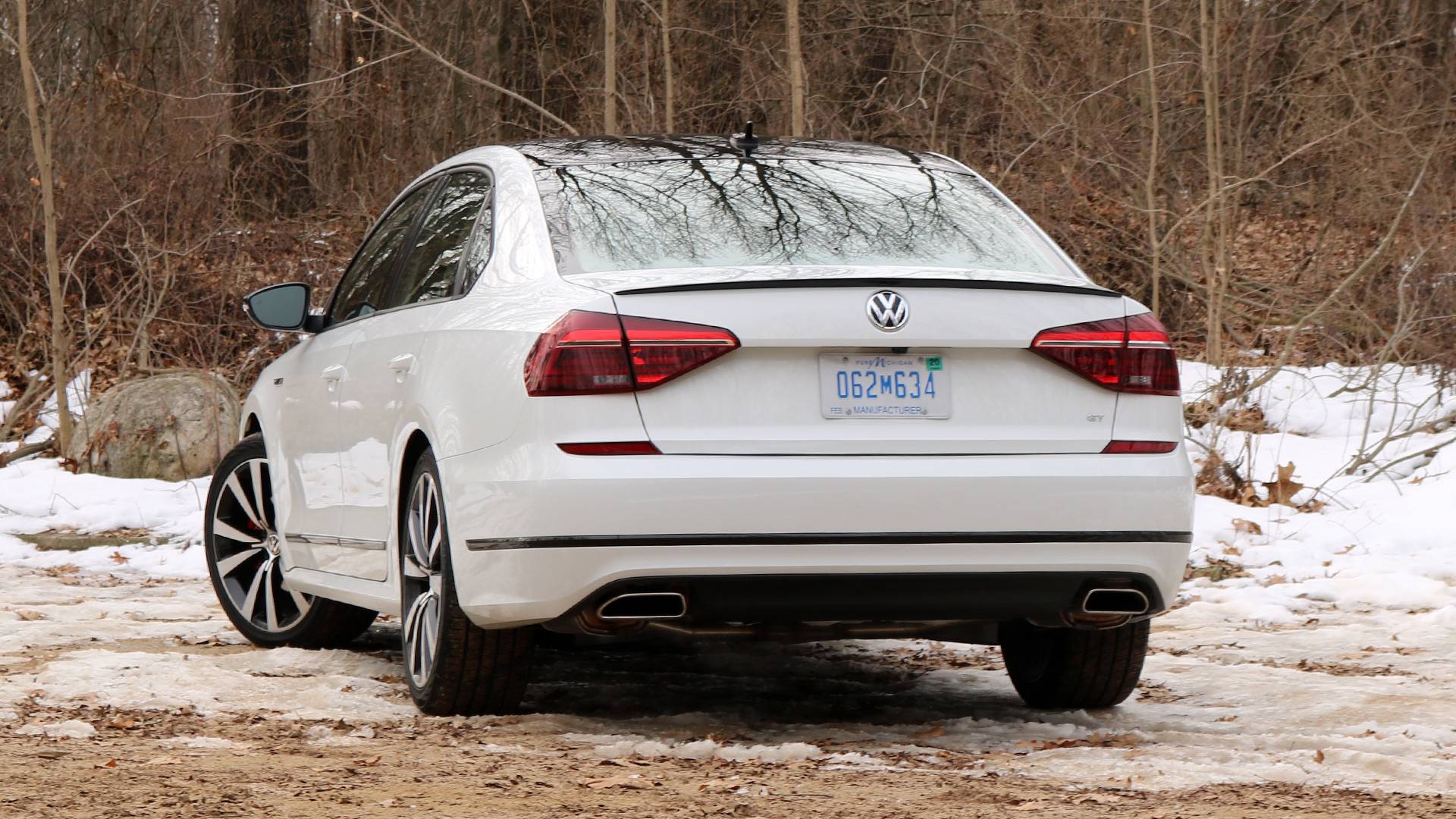
3. Volkswagen Passat (2012–2019)
On the surface, the Volkswagen Passat offers a lot — European styling, a comfortable ride, and a roomy interior. But dig a little deeper, and long-term reliability becomes a significant concern.
While earlier models had their share of quirks, the 2012–2019 generation introduced new problems, especially with the turbocharged engines. The 1.8T and 2.0T engines are known for carbon buildup, timing chain tensioner failures, and oil leaks — all issues that can lead to costly repairs long before the 300,000-mile mark.
Electrical gremlins also plague the Passat, with many owners reporting sudden failures in the infotainment system, window regulators, and even electronic steering components. German engineering can be a double-edged sword; when everything works, it feels refined and precise, but when components fail, the complexity of the systems makes repairs both time-consuming and expensive.
Parts costs are generally higher than for Japanese or American rivals, and labor costs can balloon due to the intricate packaging of many systems under the hood.
Maintenance on the Passat is also unforgiving. Owners who skip oil changes, ignore coolant quality, or delay timing belt service are likely to face major repairs far sooner than expected.
While it’s certainly possible to nurse a Passat past 200,000 miles, doing so requires diligence, a high budget for maintenance, and a fair bit of mechanical luck. As a daily commuter or family vehicle, its long-term value is questionable unless you’re prepared for the extra effort and cost. For most people looking for a hassle-free long-term sedan, the Passat is a risky bet.
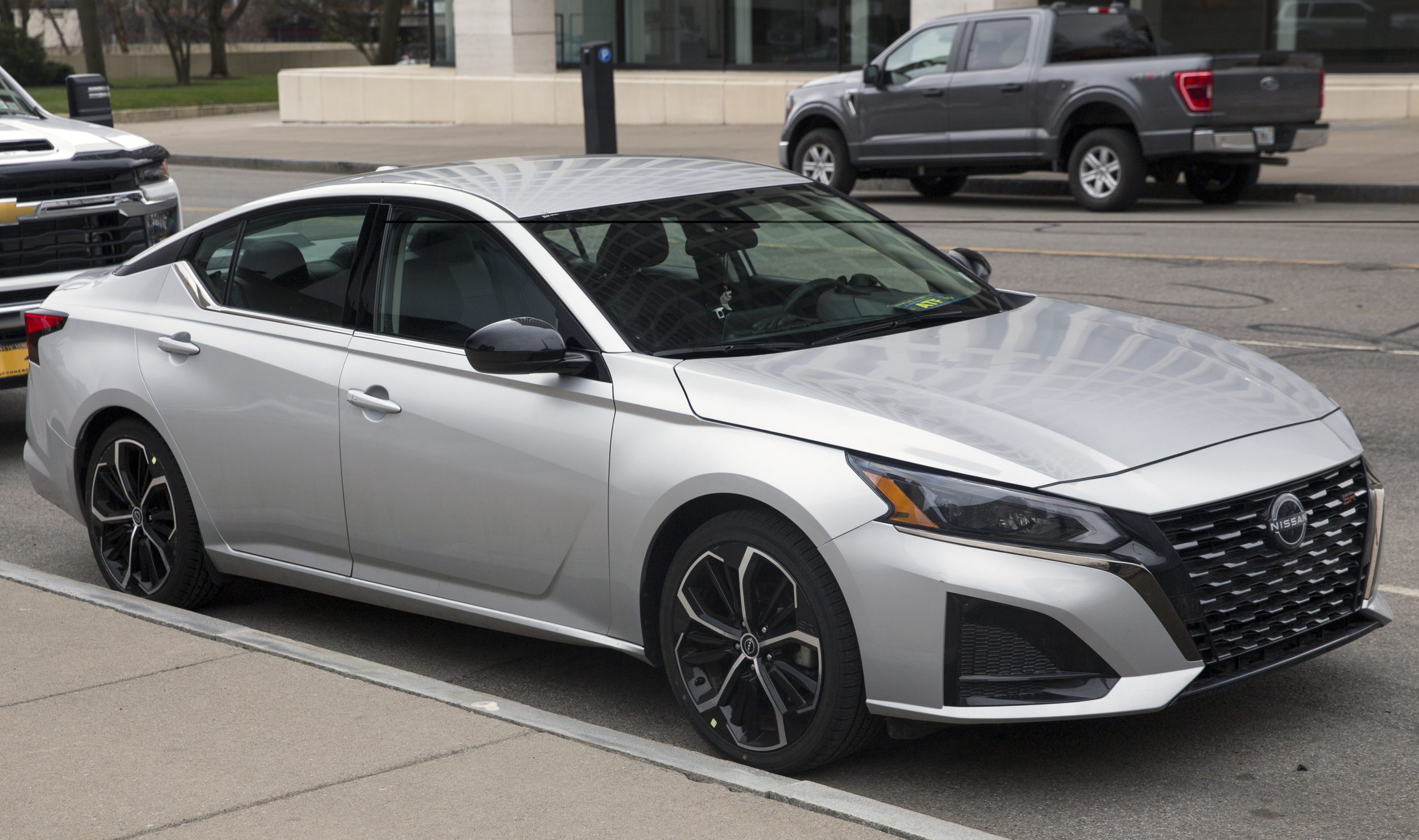
4. Nissan Altima (2013–2018)
The Nissan Altima has long been a popular choice in the mid-size sedan market, thanks to its spacious interior and strong fuel economy. However, certain model years — especially between 2013 and 2018 — have been plagued by serious reliability issues, most notably with the Continuously Variable Transmission (CVT).
Nissan’s CVTs in this generation are particularly prone to overheating, belt slipping, and early failure. Many owners report complete transmission replacements well before the 100,000-mile mark, a repair that often costs thousands of dollars and undermines the car’s long-term value.
Beyond the transmission, the Altima suffers from other common issues, including premature suspension wear, power steering pump failures, and electrical problems. Interior materials also leave much to be desired, with dashboards cracking and seat cushions breaking down faster than average.
The 2.5L four-cylinder engine, while generally efficient, is susceptible to excessive oil consumption and rough idling over time. These aren’t just minor annoyances — they point to a larger trend of declining quality during this production window.
For buyers looking to get well beyond 200,000 miles, let alone 300,000, this generation of Altima presents a number of roadblocks. While the car may seem like a good value on the used market due to its lower prices, the cost of keeping it running over the long term can easily outweigh the initial savings.
Nissan has improved some of these issues in newer models, but the 2013–2018 Altima remains a cautionary tale of how engineering shortcuts can undermine vehicle longevity.

5. Ford Focus (2012–2016)
Although technically a compact, the Ford Focus is often cross-shopped with sedans in the mid-size category due to its price point and availability. Unfortunately, the 2012–2016 models are some of the most trouble-prone vehicles Ford has produced in recent history.
Chief among the issues is the PowerShift dual-clutch automatic transmission, which has earned a reputation for shuddering, slipping, and failing prematurely. Despite multiple recalls and software updates, many owners continue to struggle with transmission issues that make long-term ownership a headache.
Aside from the transmission woes, the Focus is also prone to engine stalling, electronic malfunctions, and various fit-and-finish issues. Fuel system problems, such as faulty fuel pumps and poor throttle response, have also been noted, particularly in higher-mileage vehicles.
These issues add up quickly, creating a car that feels less stable and more fragile the longer you drive it. Even basic systems like air conditioning and power locks have been cited in service bulletins and consumer complaints.
While the Focus handles well and offers a reasonably comfortable ride, its reliability makes it an unwise choice for those planning to own a car for more than 100,000–150,000 miles.
Some owners do manage to squeeze out extra miles through constant maintenance and careful driving habits, but the cost and frustration often outweigh the benefits. If you’re in the market for a sedan that can stick with you for the long haul, the Ford Focus from this era is a gamble — one that often doesn’t pay off.
Also read: 10 Cars With the Smartest Hidden Storage Features for Everyday Convenience
The road to 300,000 miles is long, and not every vehicle is built to handle it. For those who manage to reach this impressive milestone, the rewards are numerous: substantial financial savings, reduced environmental impact, and the satisfaction of having made a smart, enduring investment.
However, the difference between success and frustration often comes down to one critical decision — choosing the right car from the start. Some sedans are engineered with longevity as a top priority.
Others are created with a focus on short-term appeal, resulting in compromises that manifest over time in the form of chronic mechanical issues, poor design choices, and premature system failures.
Among the standouts, the Toyota Camry, Honda Accord, and Lexus ES represent the gold standard of reliability. These vehicles consistently deliver high performance with low ownership costs and minimal breakdowns, even at mileage levels that would retire lesser cars.
Their secret lies not just in high-quality parts but in conservative, proven engineering philosophies that prioritize long-term function over flashy experimentation.
These are cars that take care of you, provided you return the favor with basic maintenance. They demonstrate that true value in a vehicle isn’t just in how it drives today, but how well it holds up over the years.
On the other hand, vehicles like the Chrysler 200, certain models of the Chevrolet Malibu, and the Nissan Altima show how initial attraction can give way to long-term disappointment.
These sedans often suffer from design flaws, subpar materials, or experimental systems like unreliable transmissions that tend to fail well before the vehicle should.
Even when new, some of these vehicles offered only average performance, but over time, their shortcomings became painfully clear. Poor resale value, frequent repair needs, and a history of service bulletins are red flags that can’t be ignored when evaluating whether a vehicle is fit for long-term ownership.
That said, even the best car can fall apart without proper care. Reaching 300,000 miles is as much about good ownership habits as it is about smart purchasing. Routine oil changes, fluid flushes, timely part replacements, and attentive driving all play a role in maximizing the lifespan of any vehicle.
A reliable sedan paired with a responsible owner is a recipe for long-term success. But if you start with a flawed platform — no matter how diligent you are — the road will be far bumpier, and the costs far steeper.
Ultimately, what separates the truly reliable sedans from the rest isn’t just numbers on a spec sheet or clever advertising. It’s the experience of drivers who have logged hundreds of thousands of miles without losing sleep over their vehicle’s reliability. Choosing a car that earns a reputation for dependability pays dividends well beyond the initial purchase.
It grants peace of mind, ensures steady transportation, and helps you make the most of your automotive investment. So whether you’re buying used, leasing new, or just daydreaming about your next long-haul ride, let this guide steer you toward the vehicles that are built to go the distance — and away from those that are built to disappoint.

